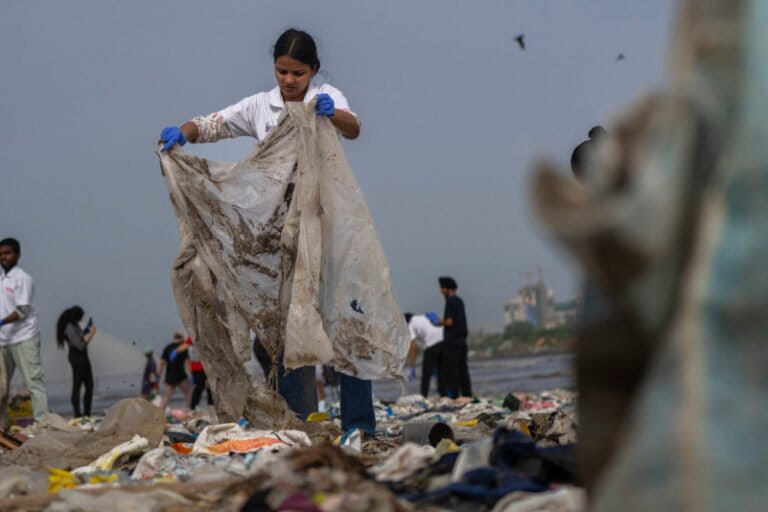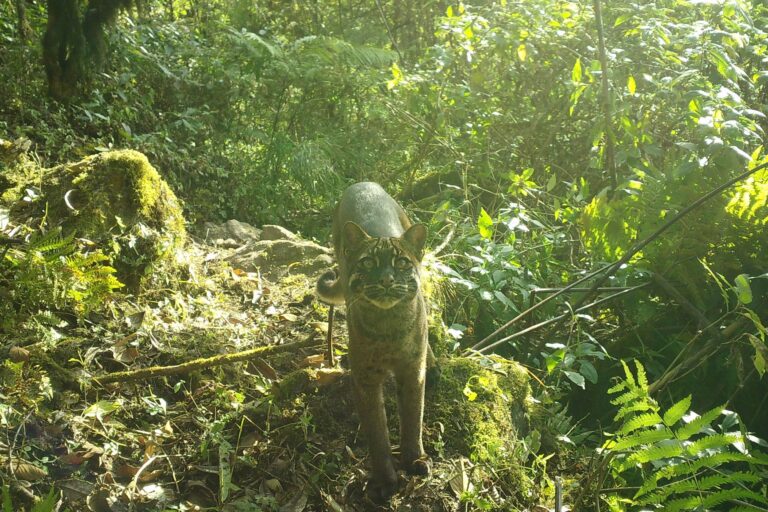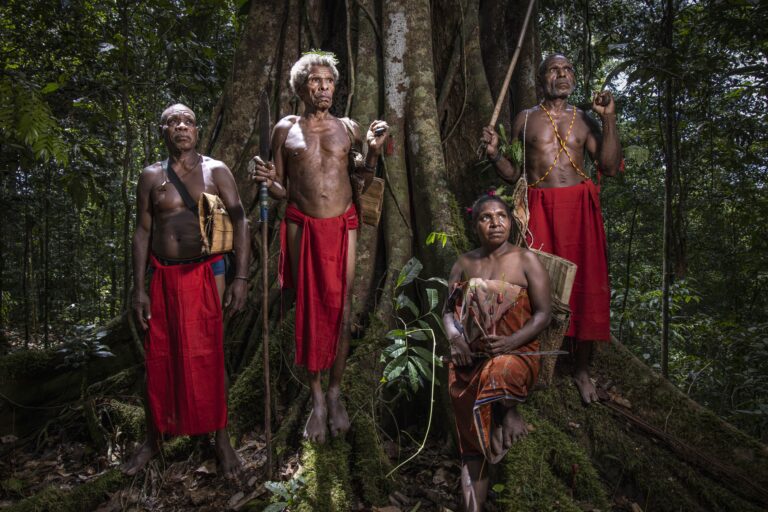With the World Conservation Congress meeting this week, I thought it was useful to revisit a study published earlier this year on conservation funding.
For decades, conservationists have warned that the planet’s attention—and its purse—are skewed toward the charismatic few. A sweeping analysis of some 14,600 conservation projects over 25 years confirms that bias in stark terms. The authors, led by Benoit Guénard, found that 83 percent of funding and 84 percent of projects went to vertebrates, leaving plants, invertebrates, fungi, and algae to divide the scraps. Within vertebrates, mammals and birds claimed nearly all support, while amphibians—though the most threatened of all vertebrate groups—received just 2.5 percent of recent funding, a share that is declining.
The pattern is perverse. About a quarter of all amphibian species are at risk of extinction, yet funds continue to flow to the familiar and photogenic. Roughly 6 percent of species identified as threatened received any dedicated conservation support, while 29 percent of total funding went to species of “least concern.” The elephant and panda, both conservation darlings, each attracted hundreds of projects; the world’s 24,000-plus threatened species together saw only a fraction of that attention.
The authors found no correlation between the amount of money a species received and whether its populations were increasing. In other words, the best-funded animals are not necessarily the ones recovering. The study estimates that roughly $4 billion a year would be needed to mitigate extinction risks—orders of magnitude above the roughly $80 million actually directed to species-level efforts.
The analysis covers only documented, species-based projects by large funders, omitting many habitat-level and local efforts. Yet its scale and consistency leave little doubt that the global picture it paints—a few favored species soaking up most of the world’s conservation money—is broadly accurate.

Why such imbalance persists is partly psychological. Large, furry creatures inspire empathy and attract donors. But funding elephants while amphibians vanish means conservation fails to protect the ecological fabric that sustains life itself. Small-bodied, overlooked species—from frogs to freshwater snails—provide essential ecosystem functions yet remain unmonitored and unsupported.
To conserve biodiversity effectively, governments and international NGOs will have to resist their bias for beauty and size, they argue. Aligning funding with scientific assessments of risk, rather than public affection, would not only spread resources more equitably but also make conservation more honest about what is being lost—and what might still be saved.
Banner image: Blue dart frog (Dendrobates azureus). Photo by Rhett Ayers Butler















